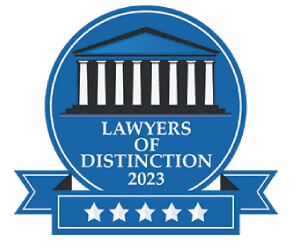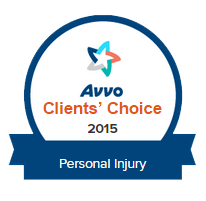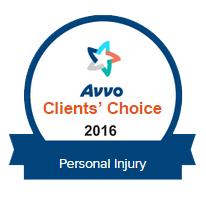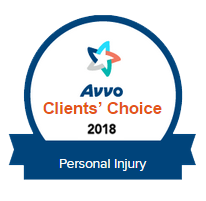Car accidents due to others' negligence can lead to debilitating and sometimes permanent injuries. If you recently suffered injuries in a car crash that another driver caused, you may be eligible for various types of settlement compensation. However, the compensation you recover will depend on the severity of your injuries, the type of car accident that occurred, and the circumstances surrounding your accident.
A knowledgeable car accident lawyer in Atlanta will do everything possible to maximize the overall settlement award or litigation compensation you receive for your accident-related losses.
Schedule a Free Initial Consultation Today!
What Types of Car Accidents Can Occur When Other Drivers Are Negligent?
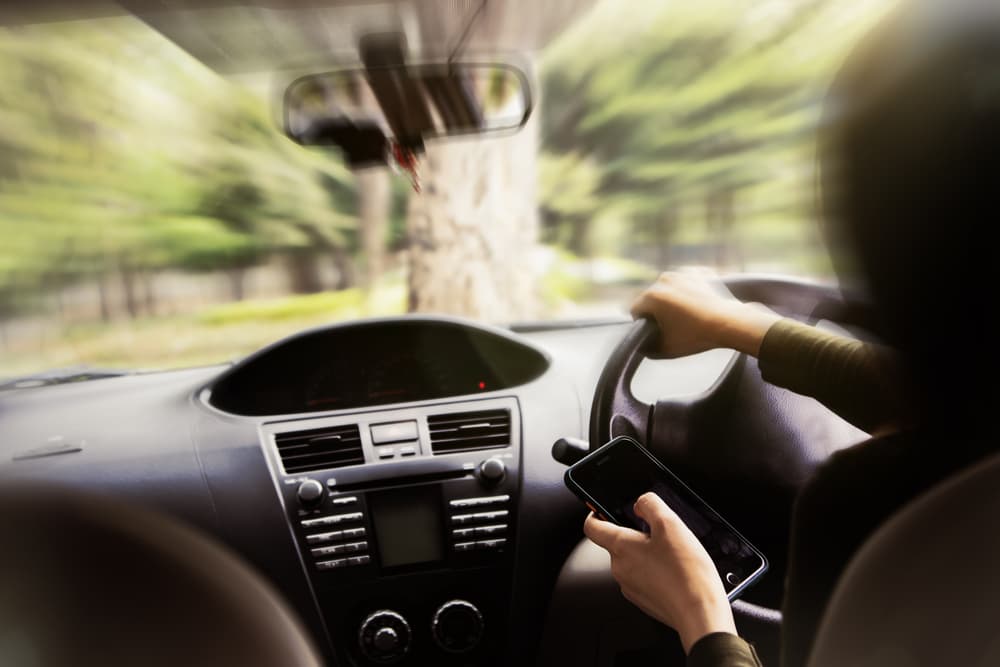
Car accidents often result from drivers who disregard traffic laws, succumb to distractions, or drive while under the influence of alcohol or drugs. When other drivers violate standard road rules, collisions may happen due to reckless behaviors such as running red lights, speeding, or failing to yield the right-of-way to others. These infractions can lead to side-impact accidents at intersections or rear-end collisions.
Distracted driving, a prevalent issue today, contributes significantly to accidents. Whether texting, adjusting the radio, or using a GPS navigation system, these distractions may divert a driver's attention from the road. Such inattention can lead to various accident types, including sideswipes as drivers drift into adjacent travel lanes or rear-end collisions when a driver fails to notice stopped traffic ahead.
Driving under the influence is a serious hazard, impairing judgment and reaction times. Accidents caused by intoxicated drivers often involve erratic maneuvers, such as swerving or sudden lane changes. Head-on collisions may occur when impaired drivers drift into opposing lanes, resulting in severe consequences.
Additionally, substance abuse can exacerbate reckless driving, amplifying the risk of accidents. Impaired drivers may ignore traffic signals and speed limits or fail to signal turns, leading to unpredictable and dangerous situations on the road.
When other drivers negligently violate road rules, engage in distracted driving, or operate under the influence, the resulting accidents can manifest in various ways. From intersection collisions due to traffic law violations to sideswipes and rear-end crashes stemming from distractions – and even the life-threatening head-on collisions caused by impaired driving – these incidents underscore the importance of adhering to traffic regulations and staying focused while behind the wheel.
How Does the Force of a Car Accident Cause Injuries?
The force generated during a car accident is a powerful and complex phenomenon that can have profound effects on the human body, often resulting in a range of injuries. When two vehicles collide, the impact generates forces that transfer to the occupants within, subjecting them to sudden and forceful movements.
One of the primary factors contributing to injuries is the abrupt deceleration caused by the collision. As the car comes to a sudden stop, the unrestrained body continues to move forward, causing it to collide with the vehicle's interior surfaces. This can lead to a variety of injuries, including head trauma, as the head is propelled forward and may strike the windshield, dashboard, or other hard surfaces.
Moreover, the force of a collision may strain the accident victim's neck and spine. Whiplash, a common injury in rear-end collisions, occurs when the victim's head violently jerks backward and then forwards. This rapid motion can damage the soft tissues in the neck, leading to pain, stiffness, and other symptoms.
The force involved in a car crash also affects the chest area. Even with the protection of seat belts, the chest may still be subjected to significant forces, potentially resulting in broken ribs, internal organ damage, or contusions. Airbags, while designed to mitigate these effects, can also cause injuries, particularly if deployed with excessive force.
Extremities are not immune to the impact forces either. Legs and arms can sustain injuries as they come into contact with the vehicle's interior, including the dashboard, doors, or other structures. Fractures, dislocations, and soft tissue injuries are common in these instances.
It's essential to recognize that the severity and type of injuries can vary widely based on factors such as the vehicles' speeds, the angle of impact, and the use of safety features. Additionally, pre-existing health conditions and individual factors can influence how a person responds to the forces exerted during a car accident.
The force associated with a car accident is a dynamic and multifaceted element that significantly contributes to the diverse array of injuries that accident victims suffer. If you sustained one or more of these injuries in a recent car accident, an experienced car accident lawyer in your area can handle the necessary legal steps. At the same time, you seek ongoing medical treatment for your injuries.
Factors that May Affect the Size of a Car Accident Settlement
Since every car accident case is different, the compensation an accident victim demands – that they ultimately recover through settlement or litigation – depends on various factors. One crucial element is the severity of the accident victim's injuries. More severe injuries often result in higher medical bills, prolonged rehabilitation, and potential long-term effects on the victim's life. These elements significantly contribute to the overall economic damages in the ongoing settlement negotiations.
Medical expenses, including hospital bills, surgeries, medications, and ongoing treatments, constitute a substantial portion of the compensation sought in a settlement. Additionally, the duration and extent of rehabilitation, physical therapy, or mental health counseling required can escalate the overall cost of the claim.
Lost income due to the inability to work after an accident also plays a crucial role. A comprehensive settlement aims to compensate individuals for the income they might have earned had the accident not happened. This involves a meticulous assessment of the victim's salary, employment history, and potential future earnings, adding a layer of complexity to the settlement negotiation process.
Property damage is another important factor affecting the size of an accident victim's settlement. The cost of repairing or replacing vehicles and any personal belongings damaged in the accident adds to the economic damages claimed. Adjusters evaluate these costs and negotiate settlements encompassing personal injuries and property damage.
The availability and adequacy of insurance coverage is another significant consideration. If the at-fault party has limited insurance or is underinsured, it can constrain the settlement potential. Conversely, if the responsible party is well-insured or there are multiple liable parties, the available insurance coverage may be more extensive, allowing for a larger settlement amount.
Moreover, the jurisdiction where the accident occurred plays a pivotal role in determining the applicable legal principles and procedures for handling the case. Different states have varying laws and regulations that can affect the settlement process. For example, some jurisdictions have no-fault insurance systems, potentially influencing the settlement size.
Lastly, the skills and experience of legal representation may influence the outcome of a car accident case. A seasoned attorney can adeptly navigate the complexities of the legal system, negotiate effectively, and present a compelling case, potentially securing a larger settlement for their client. In essence, the size of a car accident settlement is a nuanced interplay of factors that requires thoroughly examining the unique circumstances surrounding each case.
What are a Car Accident Victim's Litigation Options?
In some car accident cases, litigation may become necessary. This is especially true if the at-fault driver's insurance company denies fault for the accident or the adjuster refuses to offer the accident victim a fair settlement offer that covers your past and future losses.
The primary litigation option in a car accident case is filing a personal injury lawsuit against the responsible party. This route involves proving that the other driver's negligence or recklessness directly caused the subsequent injuries. More specifically, the accident victim must show that the other driver had a duty of care, breached that duty, and directly caused the accident victim's injuries.
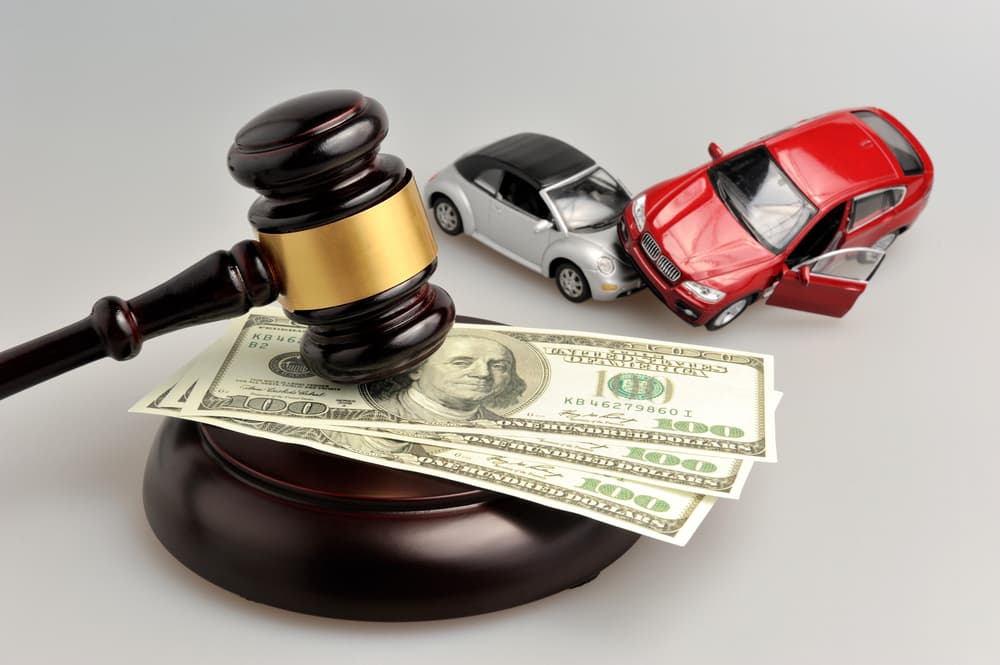
In some cases, victims may consider pursuing a product liability lawsuit if a defective automobile part contributed to the accident or exacerbated the injuries. This avenue often involves holding manufacturers, distributors, or retailers accountable for producing or selling a faulty product that directly leads to harm.
An additional option exists for those who carry underinsured or uninsured motorist coverage. Victims can file a claim with their insurance company if the at-fault party lacks adequate insurance. This provides a safety net, ensuring victims receive compensation even if the responsible driver cannot cover the damages.
Another potential option is a wrongful death lawsuit, applicable when a car accident results in the death of a loved one. Surviving family members may pursue legal action against the negligent party, seeking compensation for the emotional and financial losses they suffered due to the untimely death.
Mediation or arbitration represents a more amicable dispute-resolution approach. In these processes, parties involved in a car accident can negotiate or present their cases before a neutral third party. This option can be less adversarial and time-consuming than a traditional courtroom trial.
Lastly, victims may explore the possibility of filing a claim with their insurance company for medical expenses, property damage, and other losses covered by their policy. This can be a practical way to obtain compensation without engaging in a lengthy legal battle.
Each litigation option carries its own set of considerations, and the most suitable approach depends upon the specific circumstances of the car accident. Consulting with a qualified attorney can help victims navigate the complex legal landscape and choose the most appropriate action based on their unique situation.
What Types of Evidence are Helpful When Settling or Litigating a Car Accident Case?
In settling or litigating a car accident case, the efficacy of the evidence presented plays a pivotal role in determining the outcome. Among the multifaceted types of evidence, eyewitness accounts emerge as a cornerstone in establishing the sequence of events leading up to the accident. These testimonies provide a firsthand perspective, offering insights into the actions and behaviors of the involved parties.
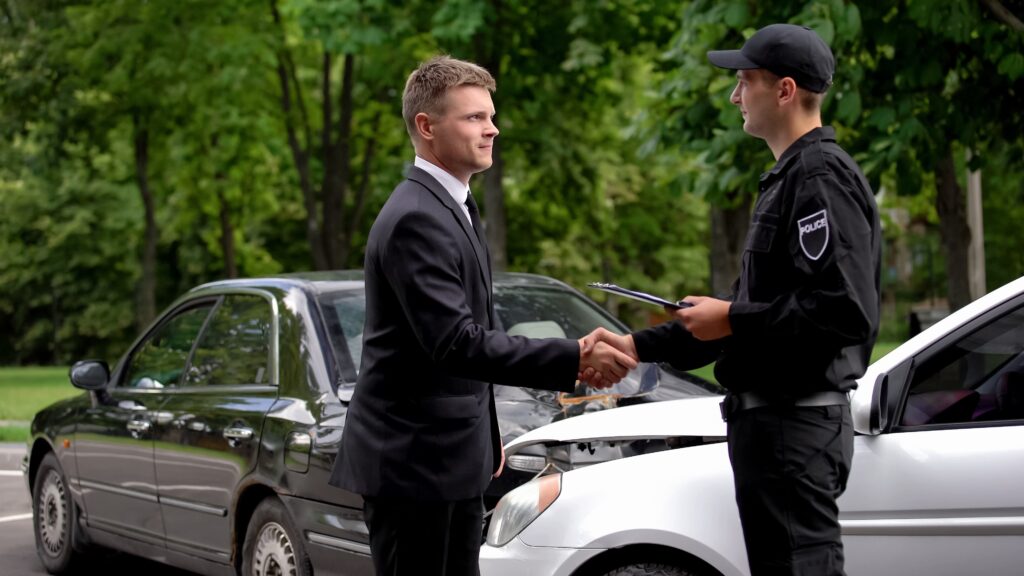
Additionally, professional opinions hold substantial weight in dissecting complex aspects of a car accident. Accident reconstruction specialists, for instance, employ scientific principles to recreate the incident, shedding light on crucial factors such as speed, impact angles, and the mechanics of the collision. This analytical approach can significantly influence the interpretation of events and liability.
Medical bills and records form another indispensable facet of the evidentiary landscape. Individuals involved in the accident meticulously document their injuries, offering a tangible link between the incident and its consequences. These records validate the severity of an accident victim's injuries and aid in calculating medical expenses and potential long-term effects on the victim's well-being.
Photographic and video evidence, often sourced from surveillance cameras or smartphones, are also powerful visual aids in a car accident case. These images capture the scene immediately after the accident, preserving critical details such as vehicle positions, roadway conditions, and the extent of damage. Such visual documentation can provide irrefutable support to the involved parties' narratives.
Moreover, police reports constitute an official record of the incident. Law enforcement officers meticulously document their observations, statements from involved parties, and any citations issued. These reports serve as a foundational source of information and can significantly influence the direction of legal proceedings.
The convergence of eyewitness accounts, professional analyses, medical records, visual evidence, and police reports creates a comprehensive tapestry of proof. Each thread plays a distinct role in unraveling the intricacies of a car accident case, collectively guiding the trajectory of settlements or litigation.
An experienced car accident attorney can gather the evidence necessary to satisfy the legal elements of your case and recover the full settlement or litigation award you deserve.
Speak with a Car Accident Lawyer Near You Today
Suppose you recently sustained injuries in a car accident that a negligent driver caused. In that case, your attorney can facilitate ongoing settlement discussions with the at-fault driver's insurance company and pursue fair monetary damages for your injuries. Suppose that compensation is not forthcoming in a short amount of time. In that case, your personal injury lawyer can pursue various litigation options in the court system, such as a jury trial or alternative dispute resolution (ADR) proceeding, like mediation or binding arbitration.




